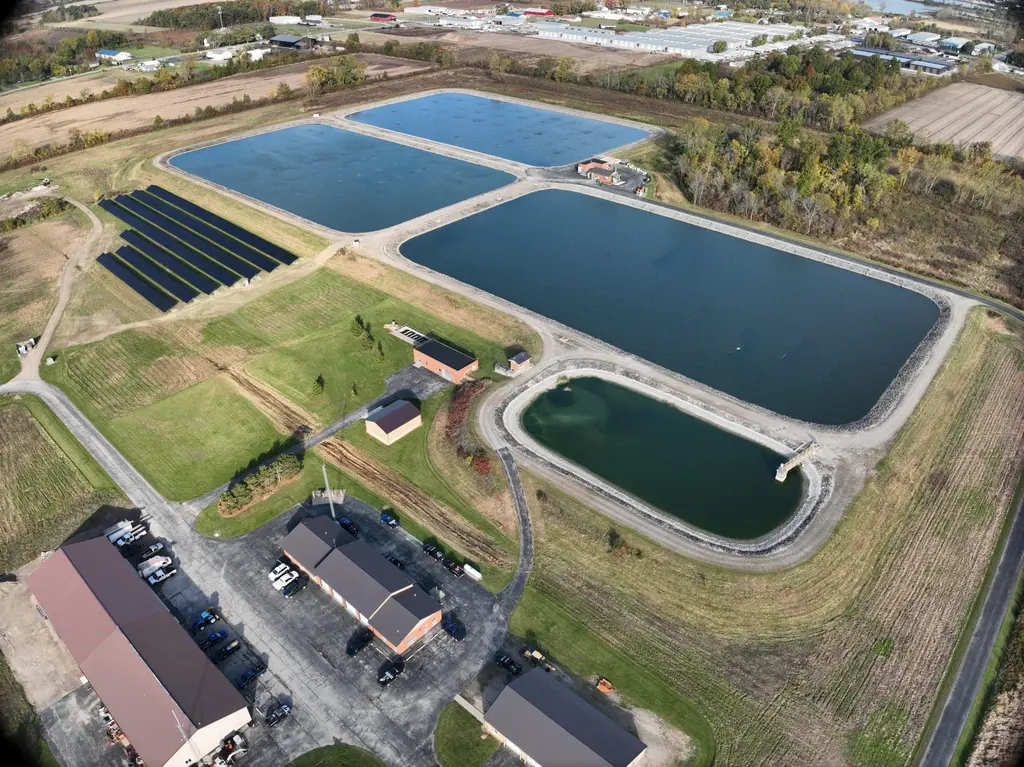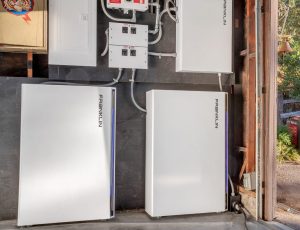Summary
On July 23rd 2019, The Ohio House of Representatives approved and Governor Mike DeWine signed House Bill 6, legislation to subsidize two failing nuclear power plants and reduce Ohio’s Renewable Portfolio Standards.
House Bill 6 in Ohio does the following:
- Through rate-payer charges, $150 million per year will go to fund two failing FirstEnergy nuclear power plants
- $50 million a year will go to fund two aging coal-fired power plants
- Lowers the states Renewable Portfolio Standards, the mandated percentage of renewable energy utilities provide to rate-payers, from 12.5% to 8.5% by 2026
- Eliminates mandates for solar specific energy purchasing, or SRECs, from 2020 onward
House Bill 6 does not represent the end for residential solar – not by a long shot. What Ohio’s House Bill 6 means for solar homeowners, is that the price of Solar Renewable Energy Credits in Ohio will drop. For the most part, the fluctuating, often already low prices of SRECs do not affect the economics of our customer’s solar projects.
Additionally, HB6 indicates that there will be no state incentives for solar in the foreseeable future. Incentives would have boosted the market for solar and made renewable energy more accessible in Ohio. But Ohioans have been without any robust solar incentives for many years now, and the economics of installing solar have gotten better during this time because of the naturally declining price of solar modules and equipment.
History
In 2008 Ohio passed a law (SB 221) that, among other things, requires the four investor owned utilities to add solar to their energy mix, at an increasing rate each year. The law also addressed wind and other renewables but called out a special category for solar. It established a financial penalty for the utility for any shortfall (called the ACP, or alternative compliance payment), and various rules of the policy. Ohio is one of 24 states with Renewable Portfolio Standards (RPS), all of them different, and controlled at the state level.
Ohio has seen this mechanism be an effective and flexible way to spur solar development in the state. The utilities have built their own solar plants to achieve these annual benchmarks, or they meet all or part of their obligations by encouraging the private development of solar projects through the purchase of Solar Renewable Energy Credits (SRECs) from the owners of the solar projects. An SREC is simply the intangible “green energy attributes” associated with 1,000 kWh of solar power. The law allows the purchase of SRECs from projects in contiguous states as well. There is no obligation for homeowners and private solar projects to sell SRECs, but they can sell them to the utility or private buyer (aggregator, traders or other middlemen) with the best price and terms.
What are SRECs?
Solar Renewable Energy Credits are annual credits for the clean electricity produced by your solar PV system. For every one megawatt-hour of electricity produced by your system each year (one megawatt-hour is equal to 1,000 kilowatt hours of solar) one SREC is created. A general rule of thumb in Ohio is 1kW of solar capacity will produce approximately 1 SREC per year. Therefore, a 5kW solar PV system will produce about 5 SRECs per year and a 10kW system will produce about 10 SRECs per year.
What gives SRECs their value?
The state governments Renewable Portfolio Standards (RPS) create the market for SRECs. These are shaped by both federal and state policy. These policies aim to reduce the reliance on fossil fuels and carbon emissions that are contributing to global climate change.
At a state level, SB 221 created the Renewable Portfolio Standards in Ohio. Another example of policy that shapes states renewable energy standards is the 2015 Clean Power Plan. This federal legislation required states to meet specific standards with respect to reduction of carbon dioxide emissions. This federal legislation informed Ohio’s goals and bolstered the case for the 2008 plan.
In Conclusion…
The state government can create the market for solar incentives. In Ohio this has been done by a special carve out for solar in the form of Solar Renewable Energy Credits (SRECs) in the Renewable Portfolio Standards. With the elimination of the special carve out for solar, House Bill 6 will keep the pricing for SRECs low. But this doesn’t move the needle too much. Individuals who are thinking about going solar will not be greatly affected by this change in policy.
While HB6 does not pose a threat to residential solar homeowners, the state of the Renewable Energy Standards in Ohio is something to pay attention to. Renewable energy is a growing sector, as of 2018 employing 112,486 Ohioans, and with job growth 12 times as fast as the rest of the US economy. There is great economic opportunity presented by renewable energy and energy efficiency. House Bill 6 is a setback for the clean energy economy and the jobs that are created for Ohioans in this industry.
According to the Midwest Energy Efficiency Alliance, from 2009-2017 the Renewable Energy Standards established in SB 221 have created $5.1 billion in energy bill savings for customers. Additionally, Ohio’s energy efficiency programs have saved Ohioans 49 MWh for electricity, enough to power every home in Ohio for 10.5 months. Losing these benefits will cost consumers money, but if homeowners install a solar power system on their home, they will be able to save even more than they have lost.
At Third Sun Solar our mission is to accelerate the shift to clean energy. We are advocates for strong renewable energy standards that keep the market for renewable energy flourishing. We will continue to advocate for strong renewable energy standards and educate our customers about their importance as we go about our daily business installing solar on homes and businesses across Ohio & beyond.










